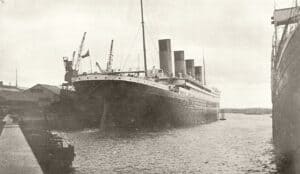What’s the oldest movie you’ve ever seen? The Wizard of Oz or Gone with the Wind from 1939? Maybe Frankenstein or Dracula from 1931? As it turns out, movies were being made all over the world for decades before the ’30s. Unfortunately, the reason you might not have seen many movies from before 1929 is that they may no longer exist. Passing time, poor preservation, and general wear and tear from a century of screenings have made it hard to know the oldest movies ever made. However, there are 10 ancient titles we do know of for certain. Let’s review them all below.
The History of Movies
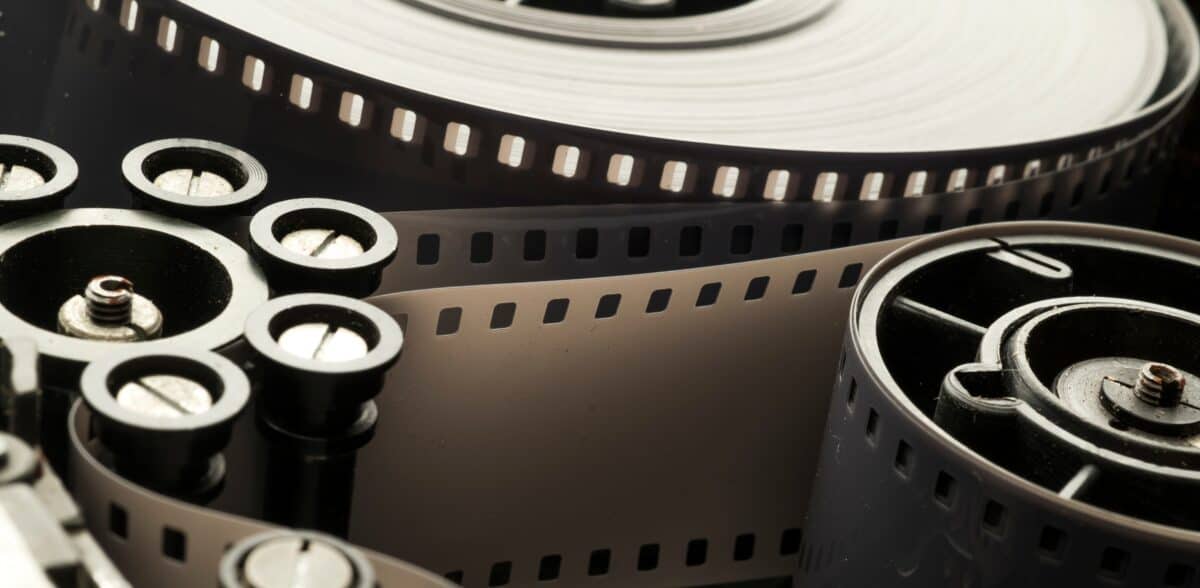
©Serhii Yushkov/Shutterstock.com
To understand the history of feature-length films, you have to understand that the movie industry began with short films. In the early days of the late 19th century, inventors Eadweard Muybridge and Etienne-Jules Marey experimented with photographs of objects and bodies in motion. They discovered that, when captured fast enough and viewed in a sequence, these photographs resembled lifelike movements. Plus, George Eastman’s Kodak camera, introduced in the late 1880s, helped make such rapid-pace photography much easier via roll film.
Thomas Edison and William Kennedy Dickson further advanced the burgeoning field of motion pictures with the development of the Kinetoscope in the 1890s. This new invention allowed extremely short sequences of film to be displayed through a peephole. The Lumière brothers took it a step further several years later with their invention of the Cinematograph (which we would now refer to as a projector). Alas, films remained incredibly short — most around 11 minutes or less — due to the limited length of film reels and the age of the technology itself.
By 1915, over 600 films were being made annually in the United States alone. D. W. Griffith’s The Birth of a Nation (1915) is often referred to as the first feature-length film, but as we’ll soon see, it was far from the inaugural movie. In fact, Griffith’s controversial film is predated by several other earlier titles. Let’s run through the ten oldest movies currently known, making sure to note that there are thousands upon thousands of works lost to the sands of time that could have come before these listed below.
The 10 Oldest Movies (That We Know Of)
Martin Scorsese’s nonprofit Film Foundation estimates that over 50% of all American films made before 1950 and more than 90% of all films made before 1929 are lost or destroyed, never to be seen again. As such, it’s hard to say definitively that these ten titles are the oldest in all of history. They’re merely the ten oldest movies on record. Sadly, most are unavailable to view today due to the loss or damage of the film reels. With this caveat, let’s round up the ten oldest movies that we know of today.
10. Oliver Twist (1912)

©Public Domain – License
| Writer(s) | Charles Dickens |
| Producer(s) | H. A. Spanuth |
| Starring | Nat C. Goodwin |
| Runtime | 55 minutes |
| Country | United States |
| Release Date | May 20, 1912 |
Not to be confused with the British production of the same book from the same year, Oliver Twist is an American adaptation of Charles Dickens’s novel about the journey of an orphan boy named Oliver. It is the first feature-length adaptation of the novel, but far from the last. In fact, there were half a dozen more adaptations before the invention of the talkies!
Its five reels give it an approximate runtime of 55 minutes. However, this time varied depending on how fast the projectionist played it. Remarkably, unlike so many films from this time, a print of Oliver Twist still survives to this day at the Library of Congress.
9. With Our King and Queen Through India (1912)
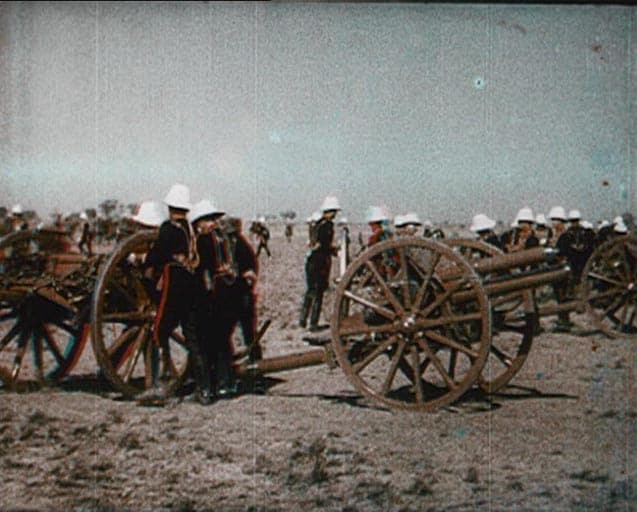
With Our King and Queen Through India
ran close to two and a half hours.©Public Domain – License
| Producer(s) | Charles Urban |
| Cinematography | Joseph De Frenes, Albuin Mariner, Alfred Gosden, and Hiram Horton |
| Runtime | 150 minutes |
| Country | United Kingdom |
| Release Date | February 2, 1912 |
This early documentary film follows King George V and Queen Mary’s visit to India in December 1911. Split into parts totaling nearly two and a half hours in all, With Our King and Queen Through India sees the Royals traveling throughout the country and interacting with local people as well as participating in the nation’s culture.
The film ran longer or shorter depending on how many parts the projectionist played. Still, the visual record was one of the first of its kind, showing British people back home what colonial-era India looked like. For the first time, audiences understood the transportive power of cinema.
8. Defence of Sevastopol (1911)
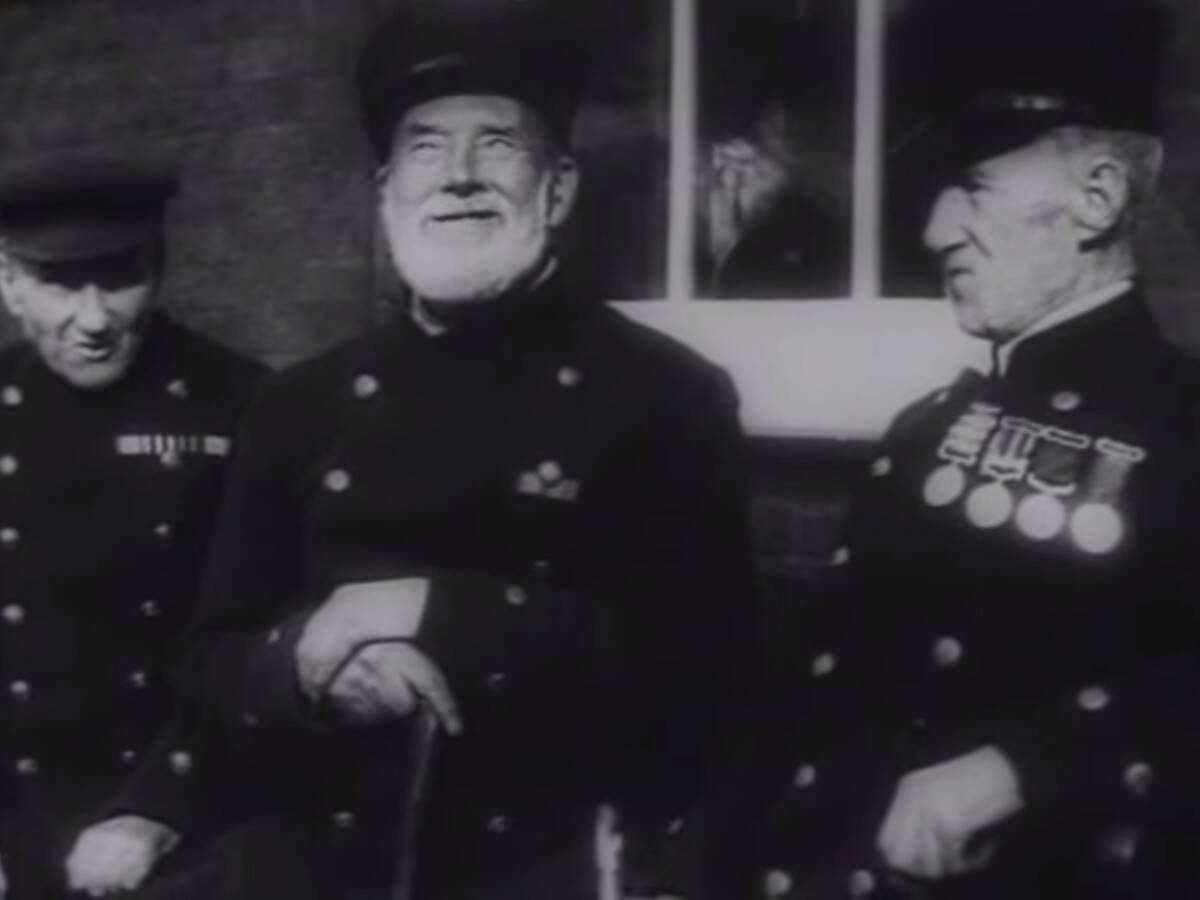
Defence of Sevastopol
is Russia’s first feature-length narrative film.©Public Domain – License
| Director | Aleksandr Khanzhonkov and Vasily Goncharov |
| Writer(s) | Aleksandr Khanzhonkov and Vasily Goncharov |
| Producer(s) | Aleksandr Khanzhonkov |
| Cinematography | Louis Forestier and Aleksandr Ryllo |
| Starring | Ivan Mozzhukhin, Andrey Gromov, and Vladimir Maksimov |
| Runtime | 100 minutes |
| Country | Russia |
| Release Date | October 26, 1911 |
This historic Russian film portrays the siege of Sevastopol during the Crimean War between 1854 and 1855. The movie honors the Russian troops and their battle against British and French soldiers. It’s more than just one of the oldest movies — it’s also one of the earliest commemorations of a pivotal battle in film history.
Defence of Sevastopol also serves as a moving record of 19th-century war techniques, which has proven extremely useful to historians and researchers alike. Apparently, real veterans of the war served as consultants during production.
7. L’Inferno (1911)
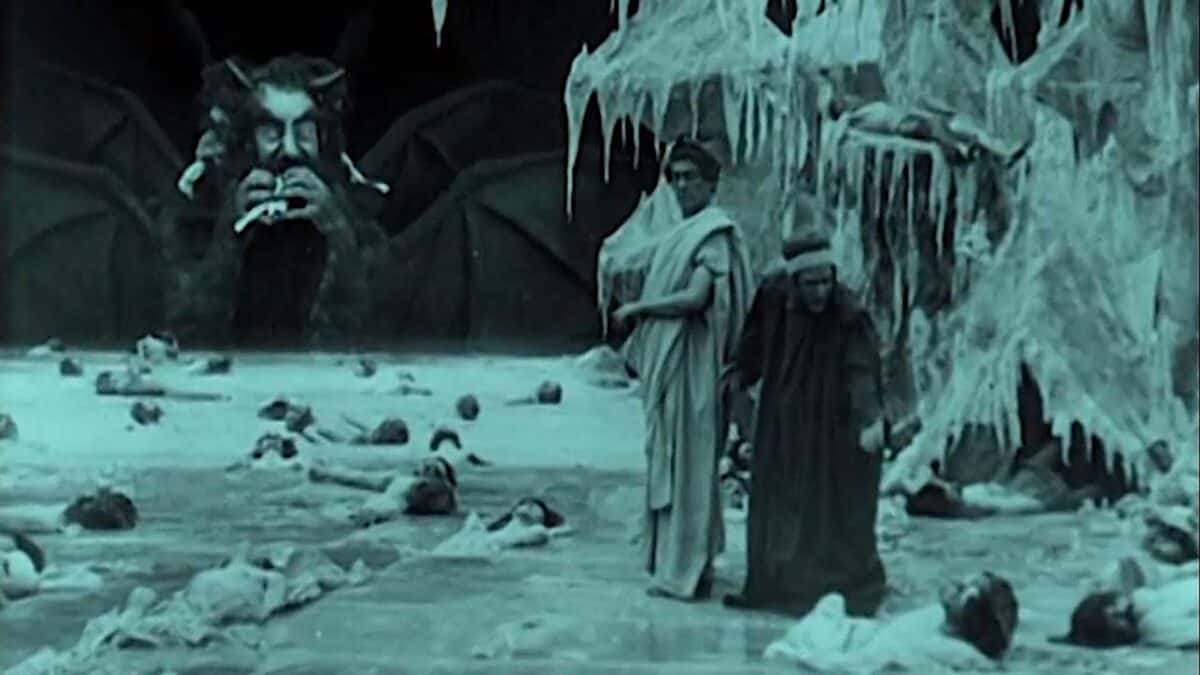
L’Inferno
is the first full-length film to come out of Italy.©Public Domain – License
| Director | Francesco Bertolini, Adolfo Padovan, and Giuseppe De Liguoro |
| Writer(s) | Dante Alighieri |
| Cinematography | Emilio Roncarolo |
| Starring | Salvatore Papa, Arturo Pirovano, Giuseppe de Liguoro, and Augusto Milla |
| Runtime | 73 minutes |
| Country | Italy |
| Release Date | March 10, 1911 |
Italian film L’Inferno adapts Dante’s Divine Comedy for the big screen. The historically significant film depicts a journey through fire and brimstone with vivid and unrivaled visuals for its time. These early special effects are a real sight to see, even after all these years.
With L’Inferno, Italian audiences began to understand that movies were more than just a sideshow. Looking at such an artistic interpretation of classic literature, it became clear there was immense potential for greatness in this new art form. One could consider it a foundational work in the fantasy genre, as well.
6. Les Misérables (1909)
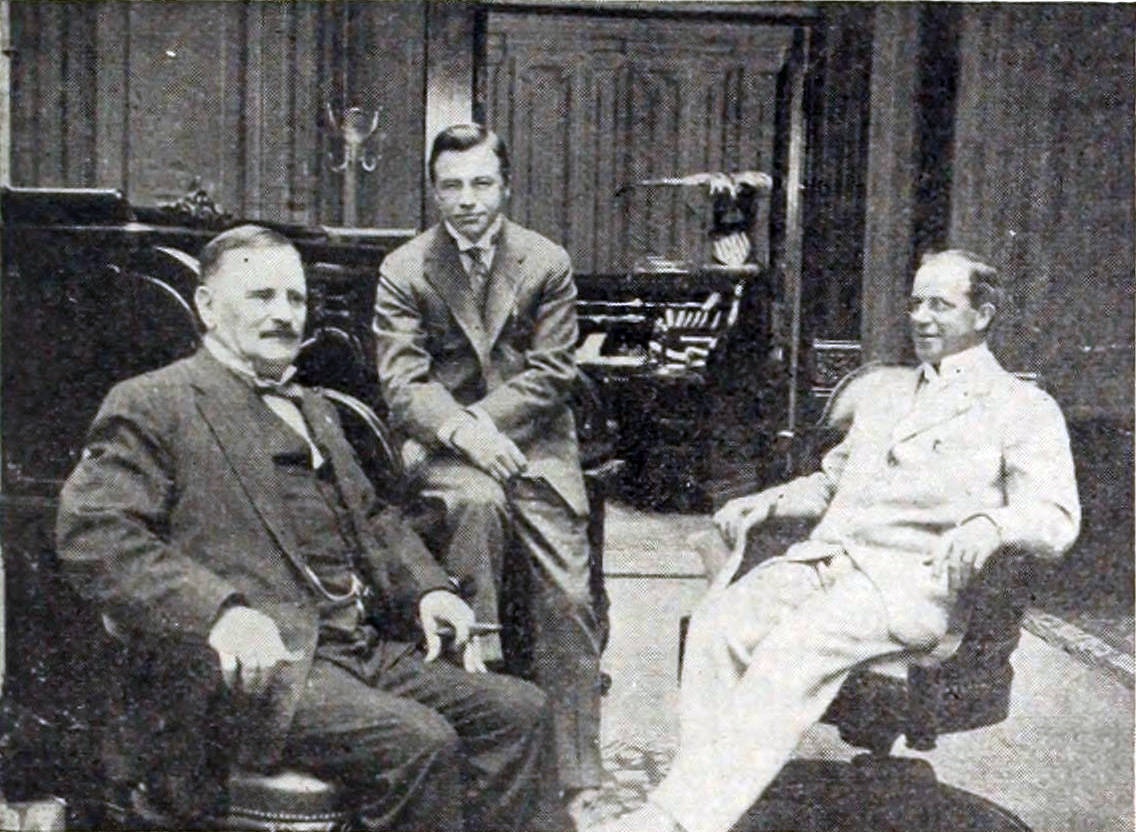
©Public Domain – License
| Director | J. Stuart Blackton |
| Writer(s) | Victor Hugo |
| Starring | Maurice Costello and William V. Ranous |
| Runtime | 44 minutes |
| Country | United States |
| Release Date | September 4, 1909 |
This filmed adaptation of Victor Hugo’s novel is one of the oldest movies on record. Like the book, it follows ex-convict Jean Valjean’s struggles for redemption and Inspector Javert’s relentless pursuit of him. It spans four reels, giving it a runtime of about 44 minutes.
As you can probably tell by now, many early films revolved around popular works of literature. This made them easier to follow and more appealing to audiences because of their widespread familiarity among the general public. Even so, its complex storylines helped show moviegoers what narrative film was capable of.
5. L’Enfant Prodigue (1907)
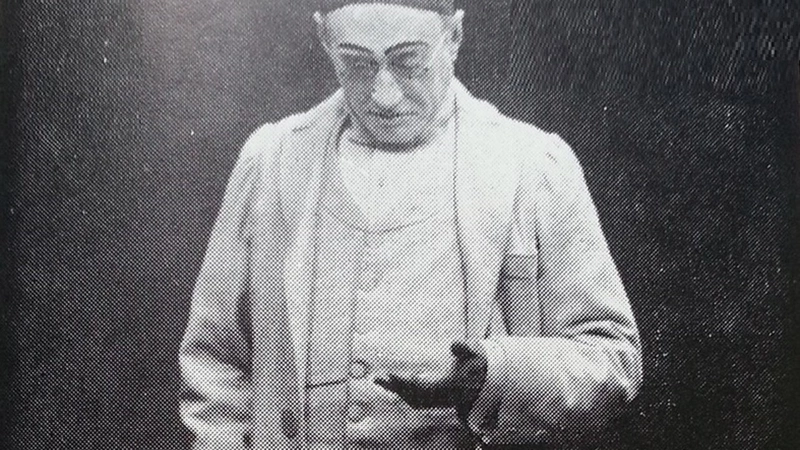
L’Enfant prodigue
in 1916.©Public Domain – License
| Director | Michel Carré |
| Writer(s) | Michel Carré |
| Starring | Georges Wague and Henri Gouget |
| Runtime | 90 minutes |
| Country | France |
| Release Date | June 20, 1907 |
The Bible was another major source of inspiration for the oldest movies on record. Take L’Enfant prodigue, for example. This French film portrays the parable of “The Prodigal Son” over the course of three acts.
Writer-director Michel Carré also made a popular stage play of the same name. In fact, L’Enfant prodigue functions as a filmed version of his play. Nevertheless, it stands as the first feature-length film to come out of Europe. Fascinatingly, Carré then remade the film almost a decade later in 1916. Turns out, remakes and reboots have always been a part of the film industry.
4. The Story of the Kelly Gang (1906)
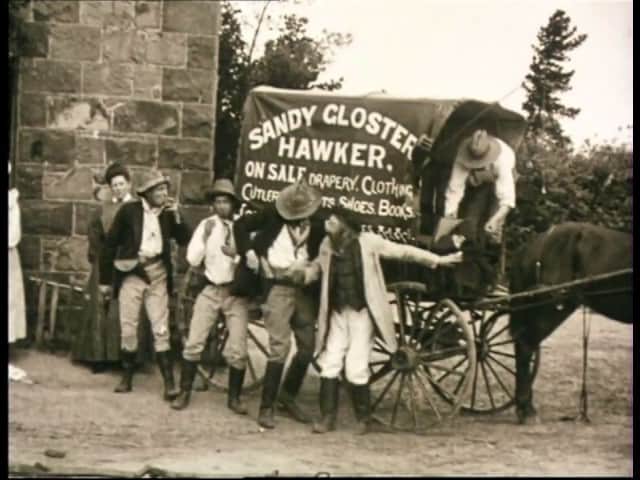
The Story of the Kelly Gang
the first movie ever made.©Public Domain – License
| Director | Charles Tait |
| Writer(s) | Charles Tait and John Tait |
| Producer(s) | William Gibson, Millard Johnson, John Tait, and Nevin Tait |
| Cinematography | Elizabeth Tait and John Tait |
| Starring | Millard Johnson, Orrie Perry, and Reg Perry |
| Runtime | 60 minutes |
| Country | Australia |
| Release Date | December 26, 1906 |
While some call it the world’s first feature-length narrative film, The Story of the Kelly Gang was possibly predated by others now lost to history. Even so, this dramatization of the life of Australian outlaw Ned Kelly remains a massively important and historic film.
In the same style as historical fiction books, The Story of the Kelly Gang paved the way for future fictionalized portrayals of real events on film. Tait flubbed details, added plot lines, and took creative liberties to create a more entertaining version of the true story. Today, just under 20 minutes of its original 60 remain.
3. Vie et Passion du Christ (1903)
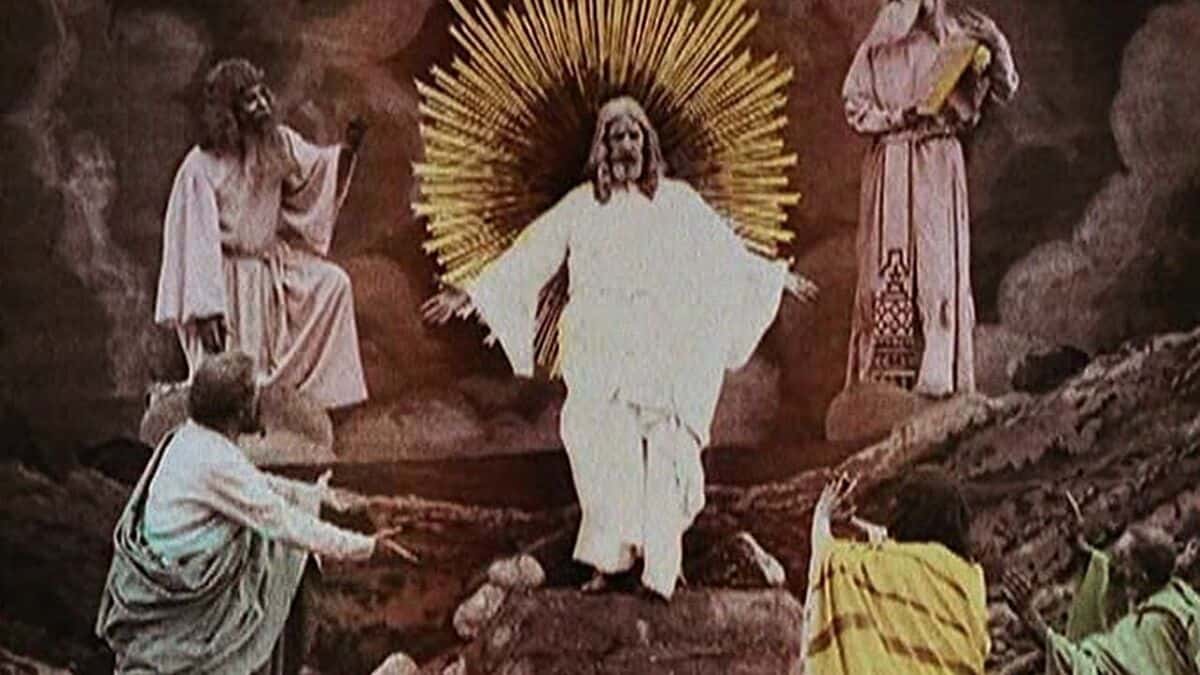
Vie et Passion du Christ
were very popular in early film history.©Public Domain – License
| Director | Lucien Nonguet and Ferdinand Zecca |
| Starring | Madame and Monsieur Moreau |
| Runtime | 44 minutes |
| Country | France |
| Release Date | May 1903 |
Despite The Story of the Kelly Gang’s reputation, the French silent film Vie et Passion du Christ came three years before it. The four-reel film depicts key moments from the life of Jesus Christ, clocking in around 44 minutes in length.
Uncommon for the time, filmmakers Lucien Nonguet and Ferdinand Zecca colored their film using special stencils. Its color quality doesn’t look anything like what we’ve come to expect today, but it’s still interesting to see one of the oldest movies double as one of the first color films.
2. Army Life; or, How Soldiers Are Made: Mounted Infantry (1900)
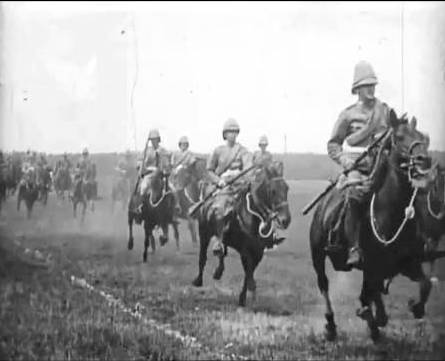
Army Life
is a documentary depicting the training of British soldiers.©Public Domain – License
| Director | Robert W. Paul |
| Cinematography | Robert W. Paul |
| Runtime | 75 minutes |
| Country | United Kingdom |
| Release Date | September 18, 1900 |
Army Life; or, How Soldiers Are Made: Mounted Infantry is composed of dozens of documentary vignettes showcasing the training of mounted infantry soldiers. It stands as one of the first full-length observational documentaries in film history. Its 75-minute runtime gives audiences a glimpse into British military training practices of the time.
Like Defence of Sevastopol or With Our King and Queen Through India, Army Life is essentially propaganda sanctioned by the government. However, it remains historically significant for its groundbreaking length and pioneering techniques.
1. The Corbett-Fitzsimmons Fight (1897)
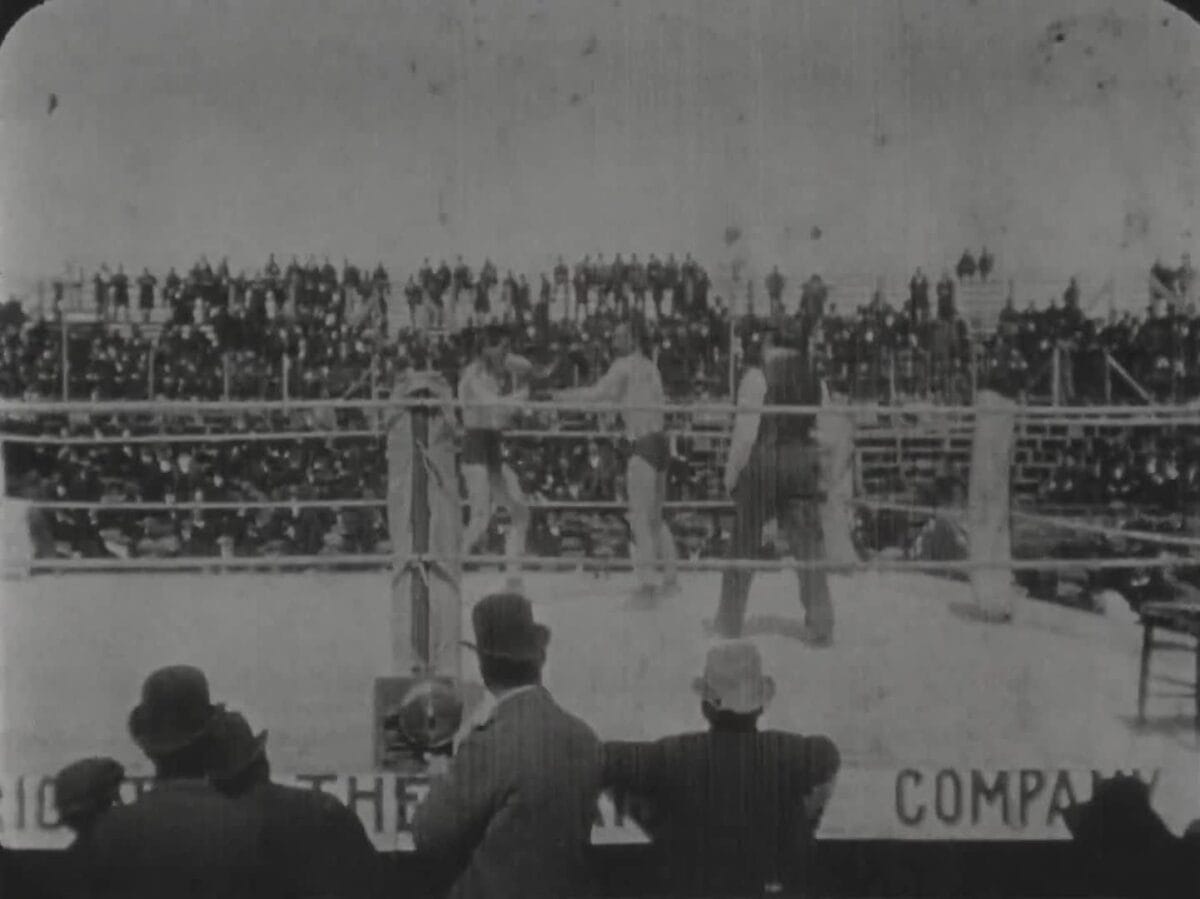
The Corbett-Fitzsimmons Fight
to be the oldest movie ever made.©Library of Congress, Motion Picture, Broadcasting, and Recorded Sound Division – License
| Director | Enoch J. Rector |
| Producer(s) | William Aloysius Brady |
| Cinematography | Enoch J. Rector |
| Starring | James J. Corbett and Bob Fitzsimmons |
| Runtime | 100 minutes |
| Country | United States |
| Release Date | May 22, 1897 |
The oldest movie currently known to historians? Enoch J. Rector’s The Corbett-Fitzsimmons Fight. Released in 1897, the 100-minute film walks the line between documentary and live sporting event. It is exactly what its title suggests: a recorded boxing match between James J. Corbett and Bob Fitzsimmons.
Enoch J. Rector followed up his popular and successful film with several others in a similar vein. Strangely, Rector was actually a boxing promoter prior to the making of The Corbett-Fitzsimmons Fight. He shot the documentary on 63mm film reels — just shy of the 65mm film we associate with IMAX movies today.
The image featured at the top of this post is ©cybrain/Shutterstock.com.

